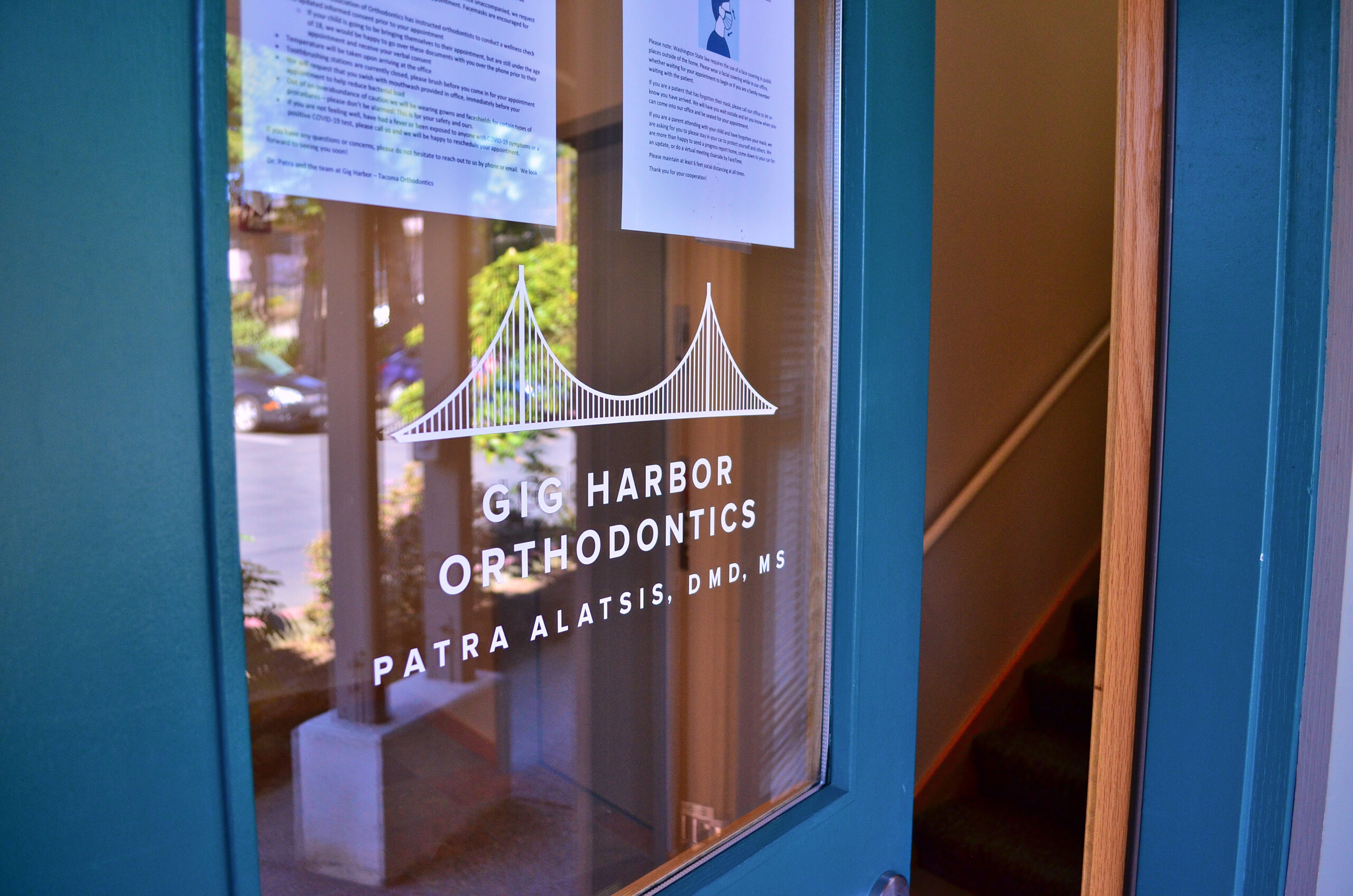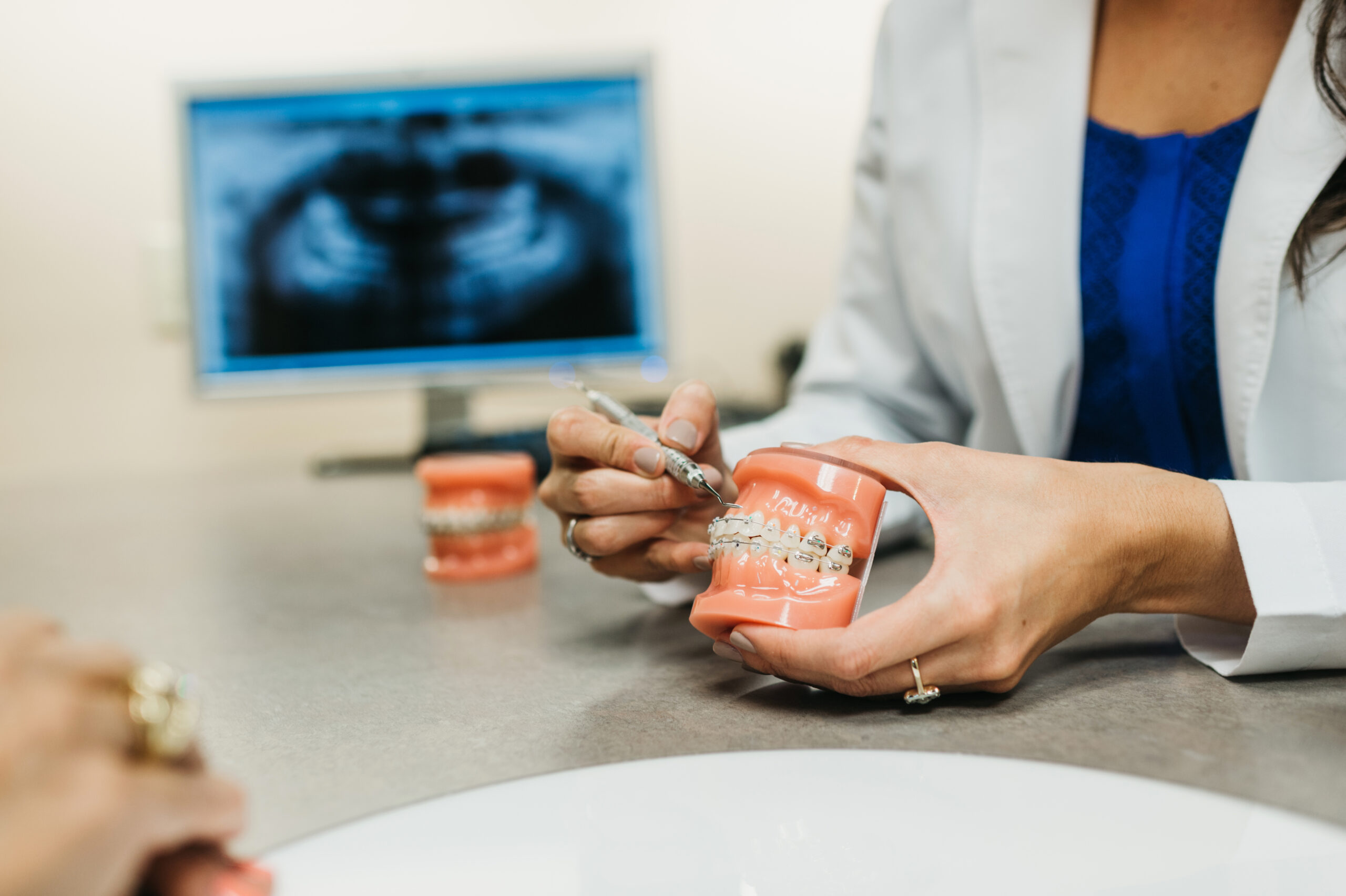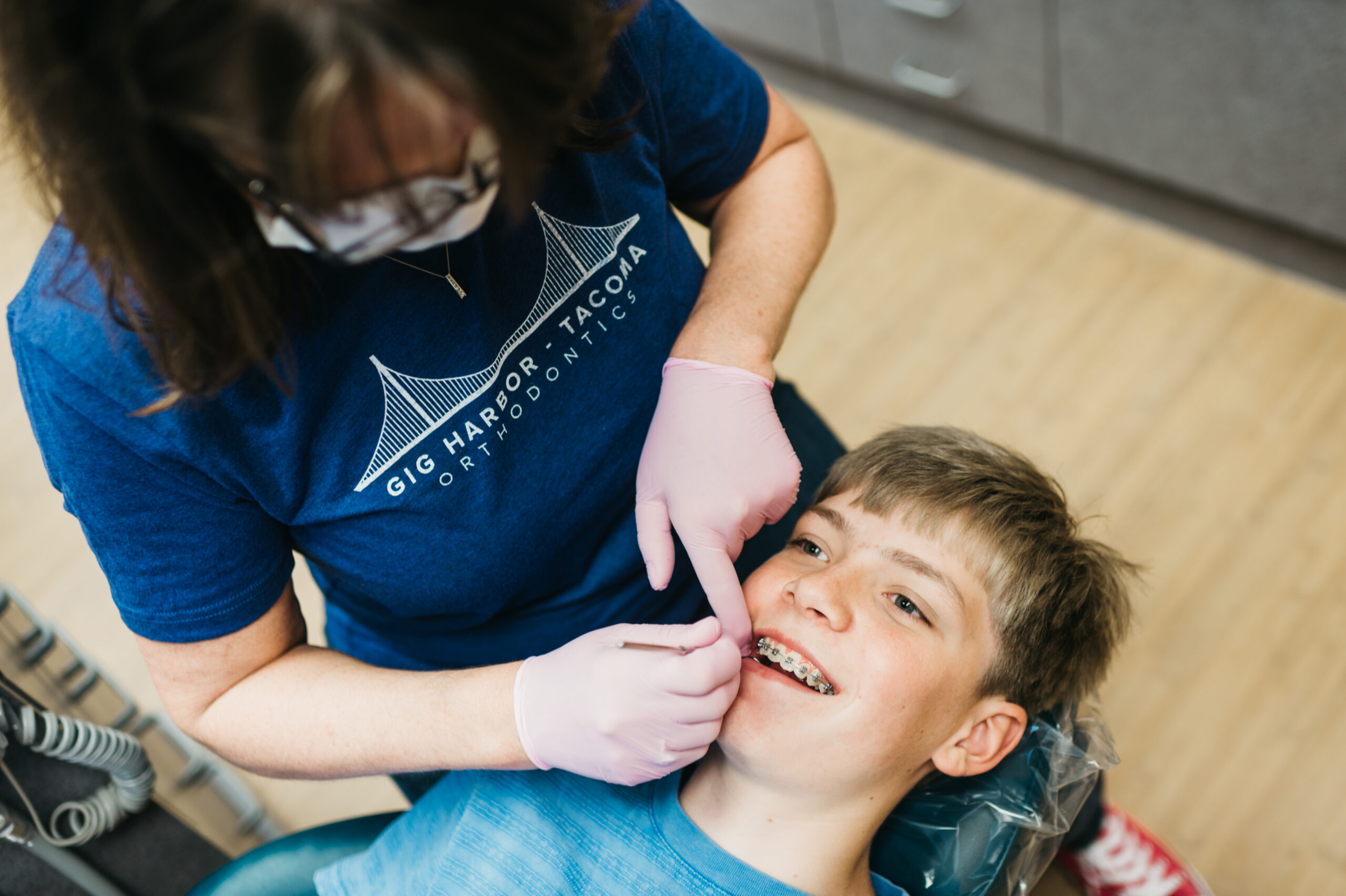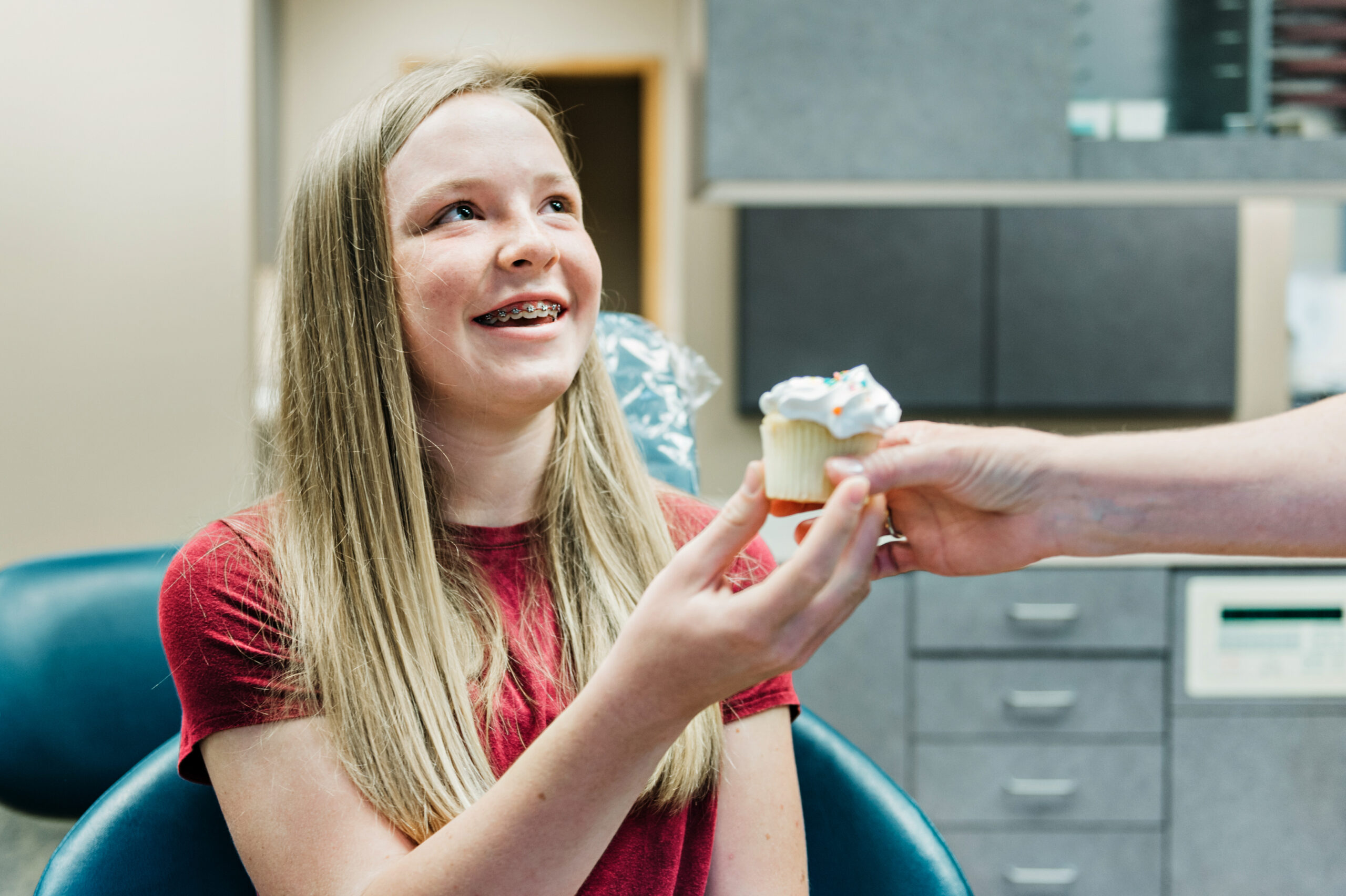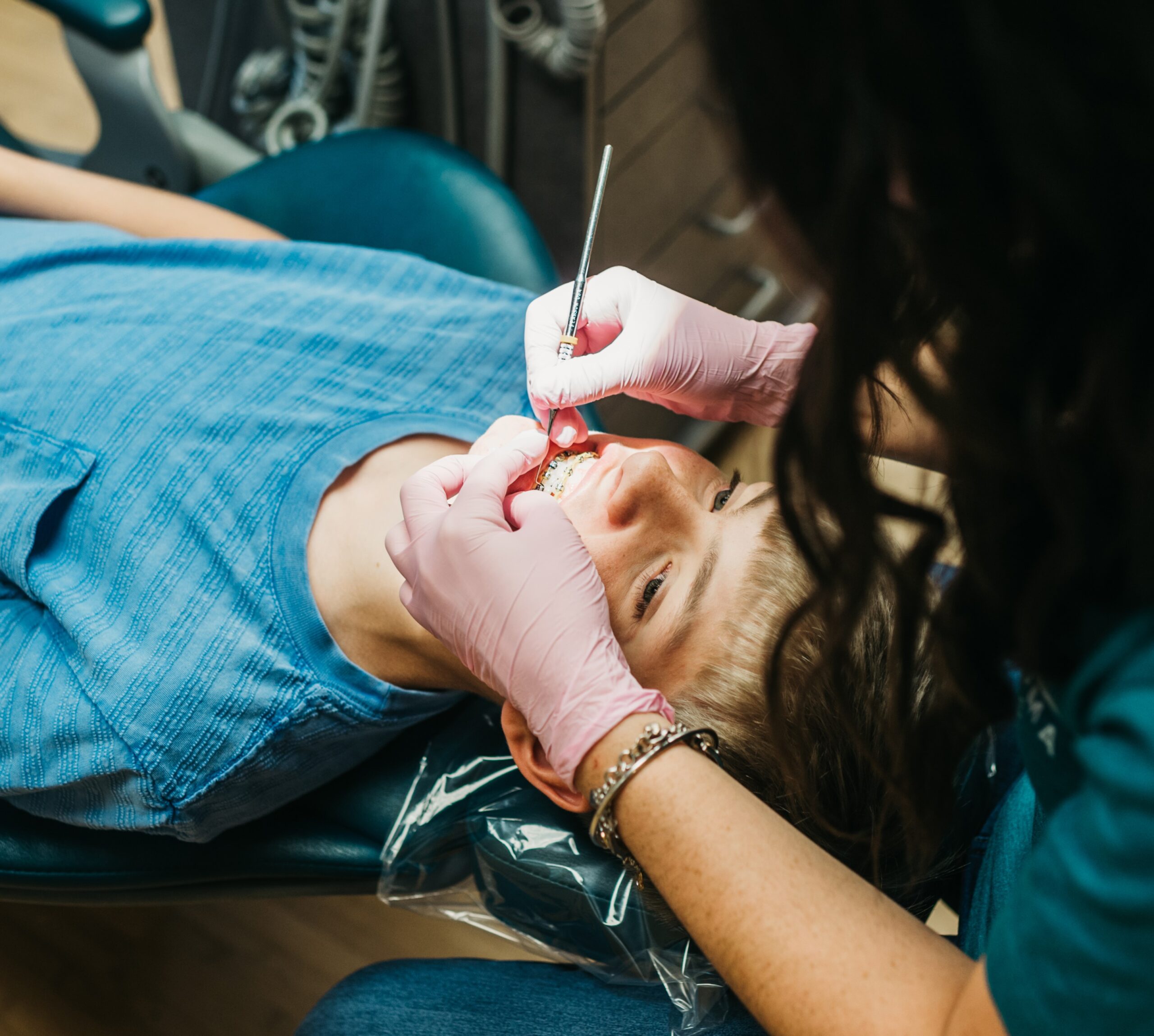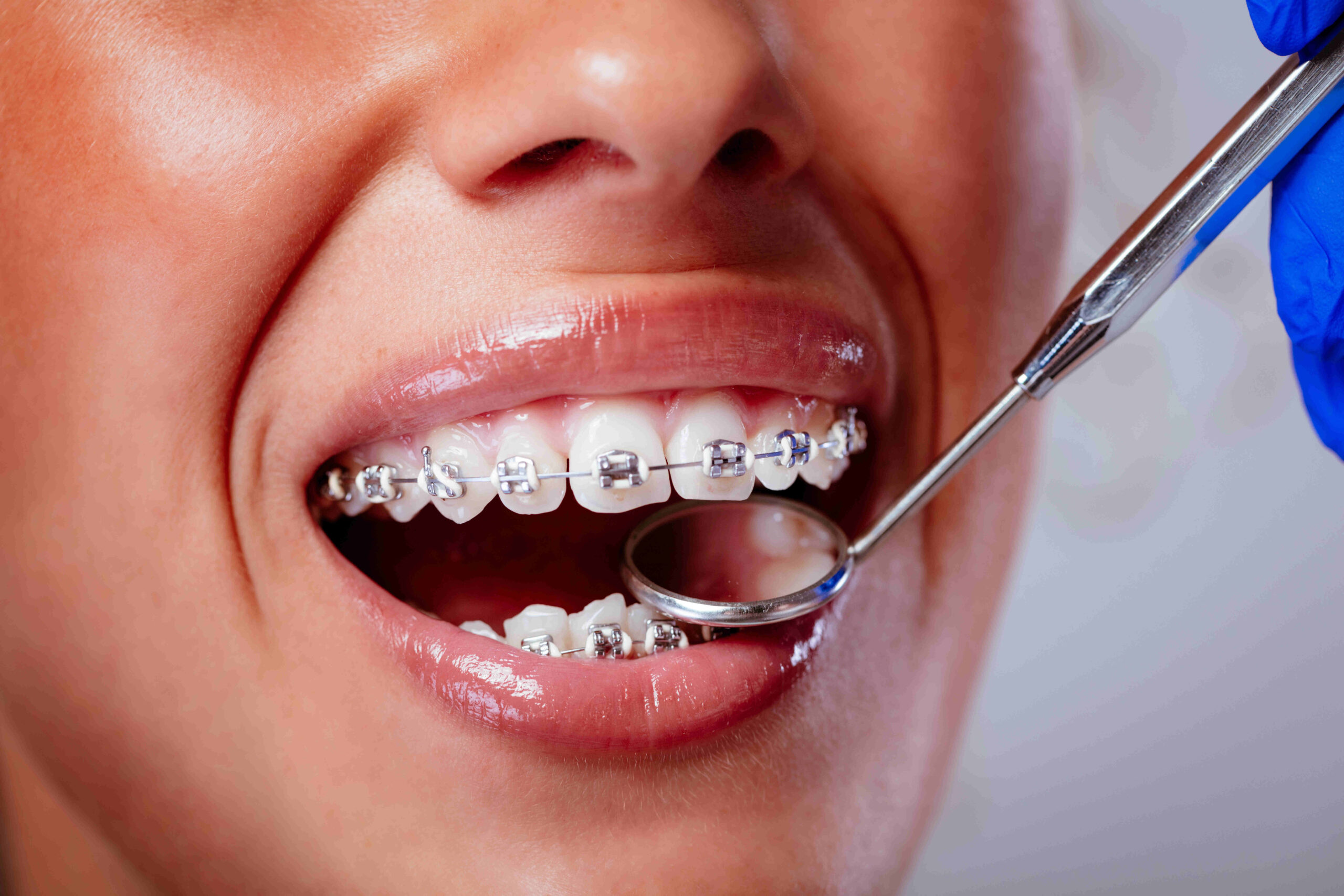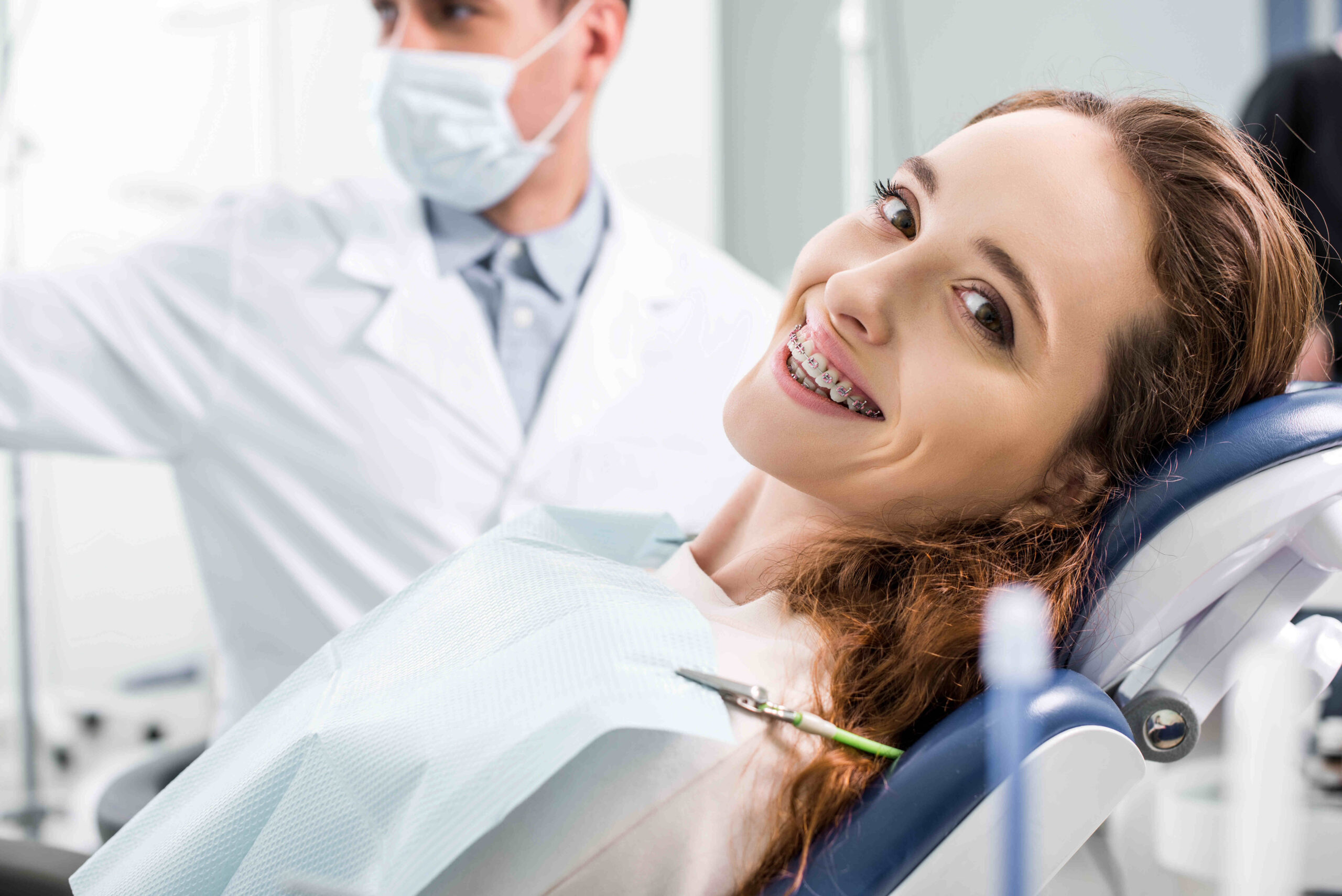How can you effectively maintain oral hygiene with metal braces? Maintaining oral hygiene with metal braces involves regular cleaning to prevent plaque buildup and ensure healthy teeth and gums throughout the orthodontic treatment.
Maintaining Oral Hygiene With Metal Braces
When it comes to maintaining oral hygiene with metal braces, understanding the treatment duration is crucial. The length of time you will need to wear metal braces can vary significantly based on individual dental needs. Typically, treatment can last anywhere from 18 months to 3 years. During this period, maintaining oral hygiene with metal braces becomes essential to prevent any complications such as plaque buildup or gum disease. It’s important to follow your orthodontist’s guidance closely to ensure a smooth and effective treatment process.
Comparing treatment durations can help set realistic expectations for those undergoing orthodontic care. While some may complete their treatment in a shorter timeframe, others might require a longer period to achieve the desired results. Regardless of the duration, maintaining oral hygiene with metal braces remains a constant priority throughout the process. For more insights on how to manage daily activities with braces, you can explore our guide on Tips for Eating With Traditional Braces: What to Avoid and Enjoy.
Complexity of Dental Issues
Maintaining oral hygiene with metal braces can present unique challenges due to the intricate design of the brackets and wires. These components create additional surfaces where food particles and plaque can accumulate, potentially leading to more complex dental issues if not properly managed. The presence of metal braces requires a heightened awareness of oral hygiene practices to prevent complications such as cavities, gum disease, and enamel demineralization. Understanding the complexity of these issues is crucial for anyone undergoing orthodontic treatment.
The intricate nature of metal braces means that maintaining oral hygiene with metal braces demands consistent and thorough cleaning routines. The risk of developing dental problems increases if plaque is allowed to build up around the brackets and wires. This can lead to prolonged treatment times and additional dental visits. For those seeking more information on how traditional braces impact oral health, visiting a professional in the field can provide valuable insights. Learn more about this by exploring Traditional Orthodontics Tacoma.
Patient Compliance Impact
Patient compliance plays a crucial role in maintaining oral hygiene with metal braces. When individuals adhere to recommended oral care routines, they significantly reduce the risk of plaque buildup and potential dental issues. Consistent compliance ensures that the teeth and gums remain healthy throughout the orthodontic treatment, ultimately contributing to the effectiveness of the braces. By prioritizing oral hygiene, patients can achieve optimal results and maintain their overall dental health.
Technological Advancements in Orthodontics
In recent years, technological advancements in orthodontics have significantly enhanced the experience of maintaining oral hygiene with metal braces. Innovations such as 3D imaging and digital scanning have improved the precision of brace fittings, ensuring a more comfortable and effective treatment process. These advancements not only streamline the orthodontic journey but also contribute to better oral health outcomes by allowing for more accurate adjustments and monitoring. For those seeking expert care, Tacoma Orthodontics offers a range of solutions, and you can learn more by visiting the Tacoma Dentist.
Cost and Accessibility Factors
When considering the maintenance of oral hygiene with metal braces, it’s important to be aware of the cost and accessibility factors involved. The expenses associated with maintaining braces can vary widely depending on geographic location, dental insurance coverage, and the specific orthodontic needs of the individual. Accessibility to dental care also plays a crucial role, as regular visits to an orthodontist are necessary for adjustments and monitoring progress. Additionally, the availability of specialized dental hygiene tools designed for braces can impact both the cost and ease of maintaining oral health. Understanding these factors can help individuals plan effectively for their orthodontic journey.
Aesthetic Preferences and Choices
When maintaining oral hygiene with metal braces, aesthetic preferences and choices play a significant role in personalizing the orthodontic experience. While metal braces are a traditional choice, individuals often explore various options to enhance their appearance during treatment. From selecting different colored bands to opting for clear brackets, these choices allow for a unique expression of style while ensuring that maintaining oral hygiene with metal braces remains a priority. Balancing aesthetics with functionality can make the journey more enjoyable, as individuals find ways to express their personality while adhering to their oral care routine.
Pain and Discomfort Levels
When maintaining oral hygiene with metal braces, it’s common to experience varying levels of pain and discomfort. The pressure exerted by the braces as they gradually align your teeth can lead to soreness, particularly after adjustments. This discomfort is a natural part of the process and can affect your daily routine, including eating and speaking. While the initial days might be challenging, understanding that this is a temporary phase can help in managing expectations. As you continue maintaining oral hygiene with metal braces, being aware of these sensations is crucial for adapting to the changes in your oral environment.
Maintenance and Hygiene Requirements
Maintaining oral hygiene with metal braces involves adhering to specific maintenance and hygiene requirements to ensure optimal dental health. Regular cleaning routines are essential to prevent plaque buildup and maintain the integrity of both the braces and teeth. It is crucial to focus on areas around the brackets and wires, as these can easily trap food particles and bacteria. Consistent attention to oral hygiene helps in avoiding potential complications such as cavities or gum issues, which can arise if proper care is not taken.
Expert Opinions and Case Studies
Maintaining oral hygiene with metal braces is a crucial aspect of orthodontic care, as highlighted by numerous expert opinions and case studies. Orthodontists emphasize the importance of diligent oral care routines to prevent common issues such as plaque buildup and gum disease. Case studies have shown that patients who prioritize maintaining oral hygiene with metal braces often experience fewer complications and achieve better overall dental health outcomes. These findings underscore the significance of consistent oral hygiene practices during orthodontic treatment, as supported by dental professionals and real-world patient experiences.
Conclusion
Maintaining oral hygiene with metal braces is crucial for a healthy smile; for more information, call 253-474-9473 or check out our Google Maps reviews.

